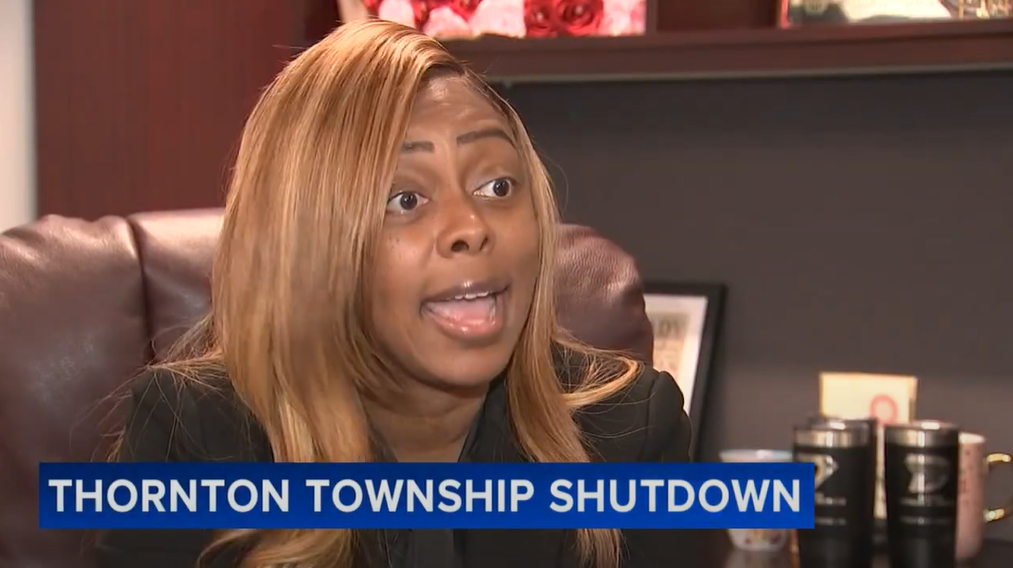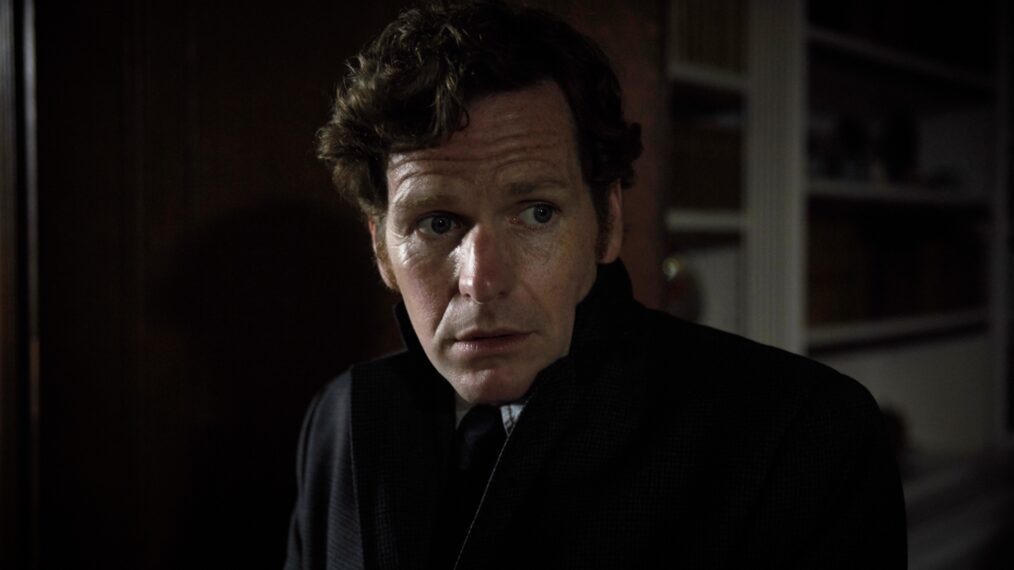Hiking is a favorite pastime of many. However, it is not as simple as putting a few snacks in your backpack and heading off in a random direction. To make your hiking experience worthwhile, you must attend to the necessary preparations. One of the critical elements to address is preparing for poor weather — especially rain.
While some hikers opt for ponchos, others prefer to take a rain jacket. Both options have pros and cons. A rank jacket will fit tighter than a poncho which is more comfortable for some people. On the other hand, a poncho provides superior protection against elements and ventilation.
Here is an in-depth comparison of these pieces of rain gear to help you choose the best one for your needs:
Rain Jackets
A rain jacket is a piece of waterproof clothing that is worn over the head and body. It is usually made of PVC, nylon, or other synthetic materials. Many rain jackets have taped seams and pit zips or other ventilation features to help you stay cool and dry on hot, rainy days.
Rain jackets are available in different sizes, colors, and designs. For example, if you are looking for waterproof jackets for women, you can find rain jackets explicitly designed for severe conditions or all-around use.
Rain jackets are lightweight and easy to carry around. You can also put them on quickly in case of sudden rain. They provide good coverage and can keep you dry even in heavy downpours.
Many people use rain jackets if they are headed out for an extended mountain trip and know they may encounter heavy rainfall. Rain jackets are also more suitable than ponchos for technical climbing and bushwacking, as they offer a tighter fit.
The Advantages & Disadvantages of Rain Jackets Over Ponchos
Rain jackets have a few distinct advantages over ponchos.
Firstly, they are easier to put on and take off, especially if you are wearing a backpack. It can be a significant selling point, especially if you plan on hiking in rugged terrain.
Secondly, the fitted design is more comfortable and flattering than a poncho. If a unique style is what you are going for, a colorful rain jacket might be a better choice.
Thirdly, rain jackets offer better protection for your head and torso from the elements since they are sealed at the sides. As a result, they also offer better wind protection.
However, rain jackets also have some disadvantages. For instance, they provide less ventilation than ponchos. Rain jackets also do not offer as much coverage as ponchos. They will not keep your backpack dry, and your legs and feet will likely get wet if you choose a short style.
Finally, rain jackets can be expensive, especially if you opt for a high-end brand such as Gore-Tex or eVent. It discourages many hikers from buying them, nudging people to look for more affordable options.
Ponchos
A poncho is a single large piece of waterproof fabric with a hole in the middle for your head. It completely covers your body in a manner similar to an umbrella. The waterproof material is chosen based on the climatic conditions expected. Still, most ponchos are made from nylon or polyester and have taped seams to prevent water from leaking through.
Ponchos are typically loose-fitting, which makes them more comfortable to wear than a rain jacket. Some higher-end ponchos even offer additional features to add comfort and versatility.
That said, ponchos can be challenging to put on when you are wearing a backpack. Some hikers find the hood uncomfortably tight, and the fabric can rip if you are not careful when folding it. Ponchos also tend to get soaked through fast.
Conversely, ponchos are lightweight, easy to carry, and will cover you entirely. The fabric is usually nylon or polyester, giving it a waterproof and windproof exterior.
Ponchos are best suited for short hikes, as they are lightweight and easily packable. A poncho is a good choice if you are hiking primarily on trails and away from trees.
The Advantages & Disadvantages of Ponchos Over Rain Jackets
Ponchos have several advantages over rain jackets.
For starters, they provide superior ventilation since they are not sealed at the sides. It is an ideal solution when you need to stay cool and dry on hot, rainy days. Overall, ponchos offer fantastic airflow while hiking.
Another advantage is that ponchos offer more coverage than rain jackets. They will keep your backpack dry, as well as your legs and feet if you choose one that is long enough.
A poncho also offers more versatility than a rain jacket. Because it is a piece of a large waterproof fabric, you can quickly convert it into a makeshift shelter for the night or use it as a blanket.
Nonetheless, there are also disadvantages to wearing ponchos.
Firstly, they can be cumbersome to put on and take off, especially if you are wearing a backpack. It can make your hiking trip more challenging than necessary.
Moreover, the loose fit can be uncomfortable and cause the fabric to flap around in the wind. Your poncho can get caught on trees and rocks or make a lot of noise. As such, it is probably not the best pick for an off-road adventure.
Besides, ponchos do not keep water at bay for long. They are best suited for light drizzles or light rain showers because they do not provide much protection from the elements. While they are large enough to drape over your backpack to keep it dry, they will finally let some water through.
Final Thoughts
No matter what hike you plan, you need to keep yourself warm, dry, and protected from the elements. The gear you choose for your adventure is vital because it can mean the difference between life and death in extreme weather conditions.
Rain jackets and ponchos are essential for hikers, campers, and people that love being outdoors. They help block the rain, thus keeping you dry and comfortable. However, knowing the difference between these two types of gear is crucial. It will help you make informed decisions when selecting the best rain gear for your needs.
Remember that hiking gear is not one-size-fits-all. A vast array of equipment is available today, and choosing the best rain gear for you requires careful consideration. We recommend you try out different options before settling on one that suits your needs.


























































